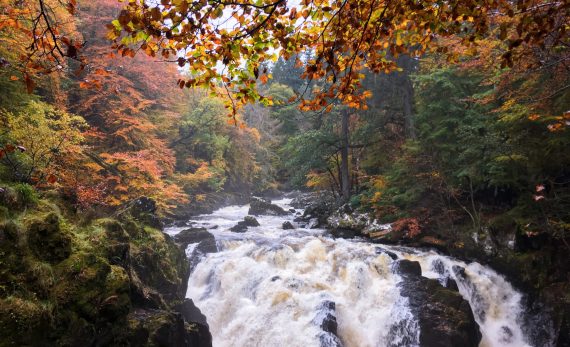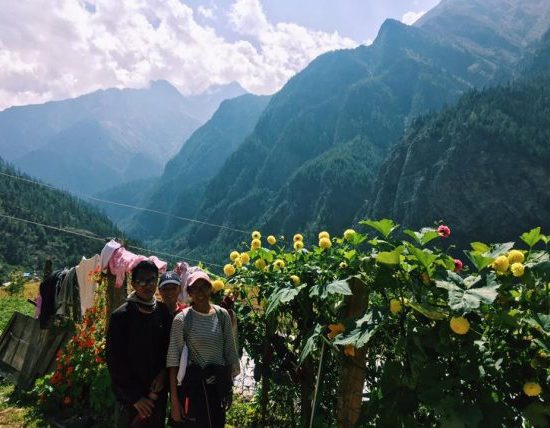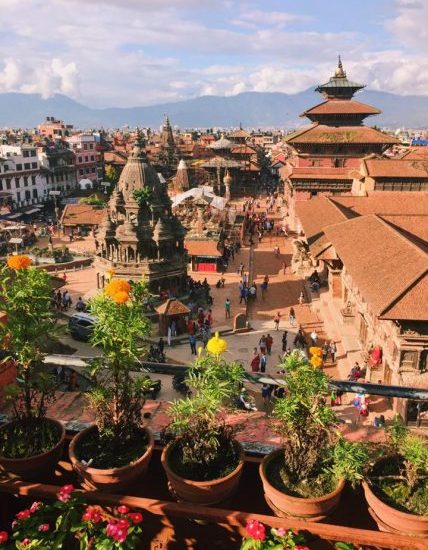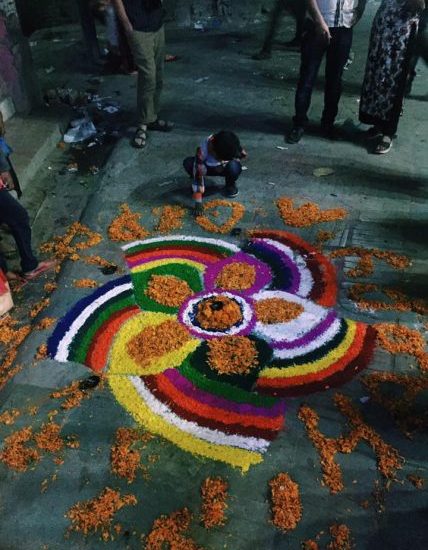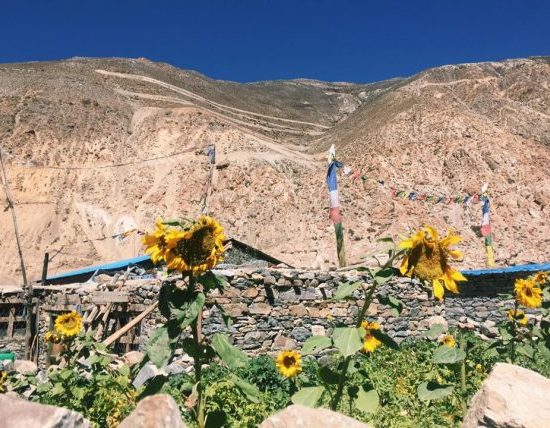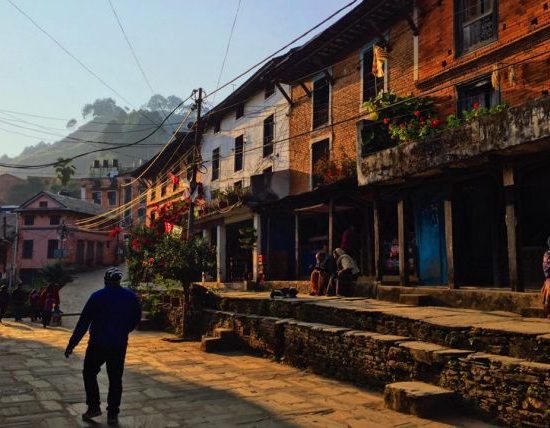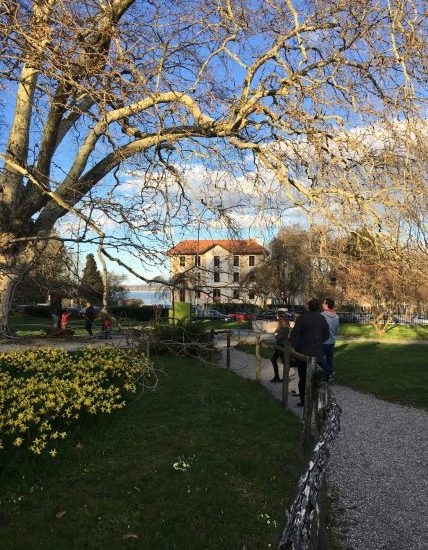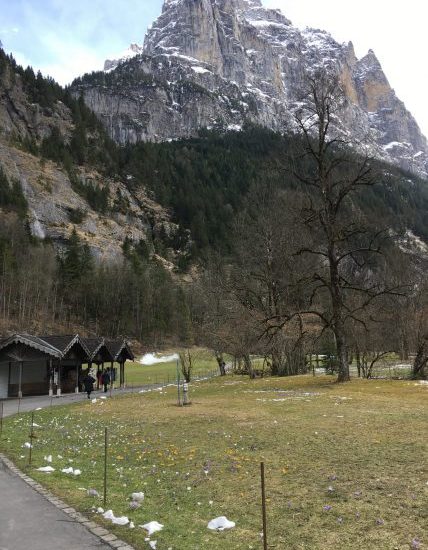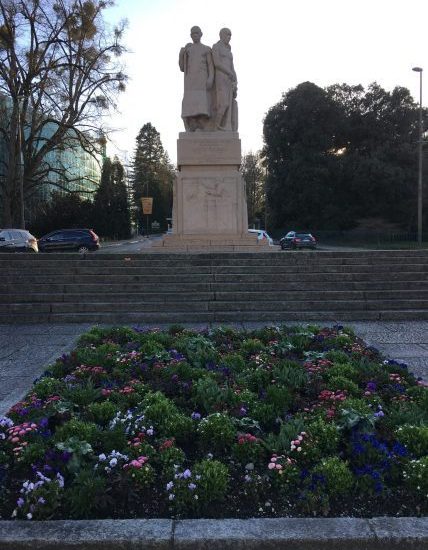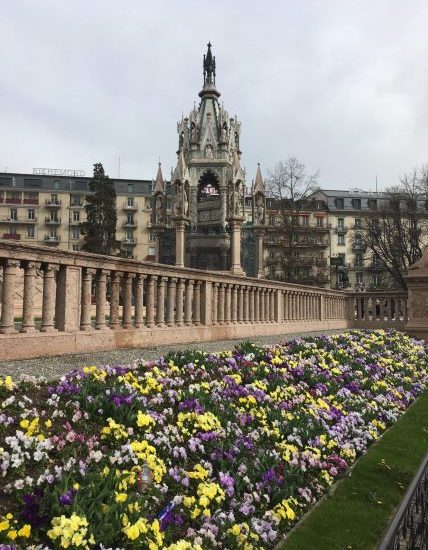
In the heart of the Texas Hill Country, Enchanted Rock State Park rises from the rolling hills of green. Late spring each year, the prickly pear cactus bloom, showing amazing shades of orange and yellow. This image from Texas captures their beauty at sunset looking across the rugged landscape.
Week 9: Flowers
Flowers are beautiful and many people find them captivating. We buy them for dates and mothers day and birthdays. They excite us when we see them in March and April as they show the first signs of spring. Many nations have a specific flower as their national flower. There is a downside to this that many people may not know. Most of the flowers that we see are not grown locally. They are transported from other, warmer climates across the globe. This results in the use of fertilizers to keep them fresh and, in some cases, these transported plants become invasive. They take over nutrients and space that were once home to plants native to the region. This week, tell us about the plants and flowers you see. Do they have special meaning within the culture? Are they native or invasive? Do some research and tell us about the history behind this flower. Please attach an image as well!
Jenny Lundt
Many people assume that the geography of Nepal is strictly snow capped Himalayas with little else. Though the Himalayas clearly play a large part in the topography of the country, there are many other geographic terrains as well. Though small, it is a very diverse country that can generally be thought of in three parts. The top of the rectangle are the Himalayas, the middle are the hill regions, and the lower part are the terai (plains/ low land filled with agricultural). I had the opportunity to visit all three of these regions for a variety of purposes. There were flowers everywhere I went, even in places I didn’t expect.
I am by no means a geology or biology major, so I cannot exactly tell you what the site is. But I went to two places on my journey that were completely bare of vegetation that looked comparable to a moonscape. Both Humla and Jomsom looked like they would be exactly how I imagine the planet of Mars to be. On the Tibetan side across the border though, you could see green little oases that makes you wonder the power that China has to bring in water to such a dry area. I got to Nepal in September, after the monsoon season had ended, so flowers were just coming into bloom. Especially in the town of Manakamana in the Gorkha district (known for the Gurkha soldiers), I really noticed the presence of flowers. Winding through the hilly town and small allies, the smell of flowers were everywhere. This specific town is also known throughout Nepal for its orange production, so the people I visited there made sure to pick the freshest ones for me. I never got a specific lesson on the wide varieties. However, some flowers have a religious connotation which is what I found with the lotus and Buddhism. The lotus is tied to purity and enlightenment, which came up in many of our conversations about religious change. Earlier in this series I talked about the Buddhist hum om mani padme hum and how that was a significant part of my experience. Padme actually means lotus. So walking around the stupa, I heard that word hundreds of times.
Additionally, marigold flowers have a large part in religious ceremony. They are strung together to form a beautiful, pungent orange garland that is draped over people or religious sites. One of my favorite days was the first day of Tihar, an important Nepali celebration that is dedicated to appreciating dogs. The dogs are bestowed with the marigold garland around their necks and their foreheads marked with color.
Oneida Shushe
In the French (“Romandy”) part of Switzerland, everything is cheesy—the fondue, the raclette, (one time I had a cheese cupcake), and poems!!
Roses are red,
Violets are blue,
Flowers are actually super important because they’re the reproductive part of a plant, who knew?
How can flowers make people so happy? that’s something to look into,
Give someone a bouquet of them and I bet they’ll hug you,
Here in Geneva, it feels like you can find them on every avenue,
They make me enjoy spring more than winter, that’s certainly true,
Blossoming trees smell so good they make anyone smile when they walk through,
If I need a gift for my mom or grandma, flowers are my go-to,
They specifically love them more than anyone and so now I do too,
I miss helping my mom in our front lawn as the flowers grew,
Spring means this semester is almost over but I’m so thankful for these months and my new world view
Micah Dirkers
In the same was that every country has its national anthem, Scotland has adopted “Flower of Scotland” as its “unofficial” national anthem. This song is regularly played at rugby and football games, as it evokes the country’s very significant victory against England at the Battle of Bannockburn in 1314. I did have the opportunity to hear this song played at the rugby game between the University of Edinburgh and the University of St. Andrews (Edinburgh won), but there is an interesting story behind why the song is named that way. Complimentary to the nation’s anthem is Scotland’s national emblem—the thistle. While it was originally seen as a symbol of defense in the 15th century (maybe because it served as a natural barrier), the thistle has grown in popularity as the national the symbol of Scotland.
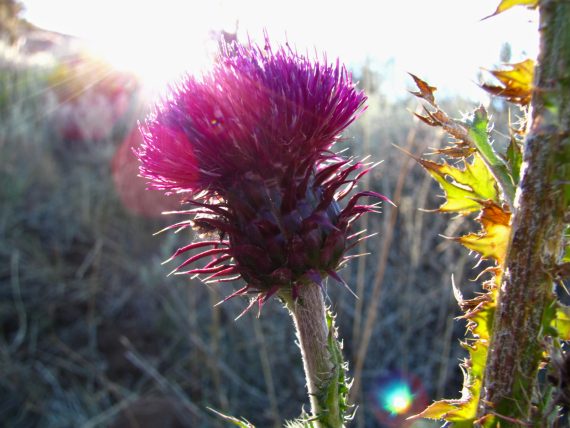
Just as many of the flowers that we commonly see are not native species (flowers that grow in the surrounding area), especially given how many are imported and dyed artificially, many of the flowers in the city of Edinburgh were not native species—only those in the flower shops were dyed antically though. The majority of flowers could be found in baskets outside people’s windows or outside in little parks—with one major exception: the RoyalBotanical Gardens of Edinburgh. The Botanics, as its called, is a scientific center for the study of plants, their diversity, and conservation; furthermore, the area doubles as popular tourist attraction for flora lovers, a popular date location for couples, a walking area for families. Founded as a garden to grow medicinal plants, today it occupies 70 acres in the city Edinburgh, and there are additional Garden sites in Dawyck, Logan and Benmore. The collection in the Gardens contains more than 13,302 plant species, whilst the herbarium contains in excess of three million preserved specimens. When walking through the Gardens, I was astounded by the thousands of species from all around the globe—all the many colors, many fragrances, and many sizes, from small flowers, to large plants, to scruffy bushes, to towering trees.
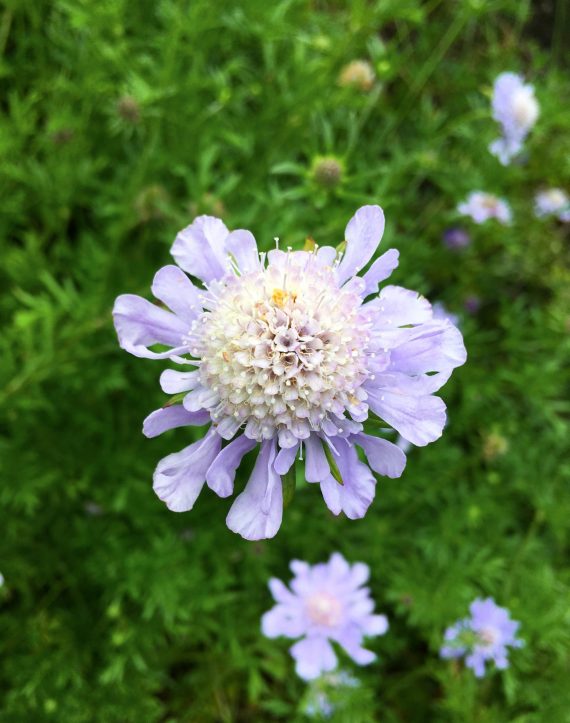
Even during my travels around Scotland, I saw very few flowers. Granted, the blooming season of most flowers has concluded by the time September rolls around; thus, I suspect many of them were simply in seed during my time there. There were a few daisies and a few dandelions that did bloom throughout the fall, and I did see many of those when exploring Scotland’s forests and streams! I can only speculate what the lush countryside may have looked like during the spring or summer, when the sun actually does shine and when the flowers in Scotland actually do get a chance to bloom.
